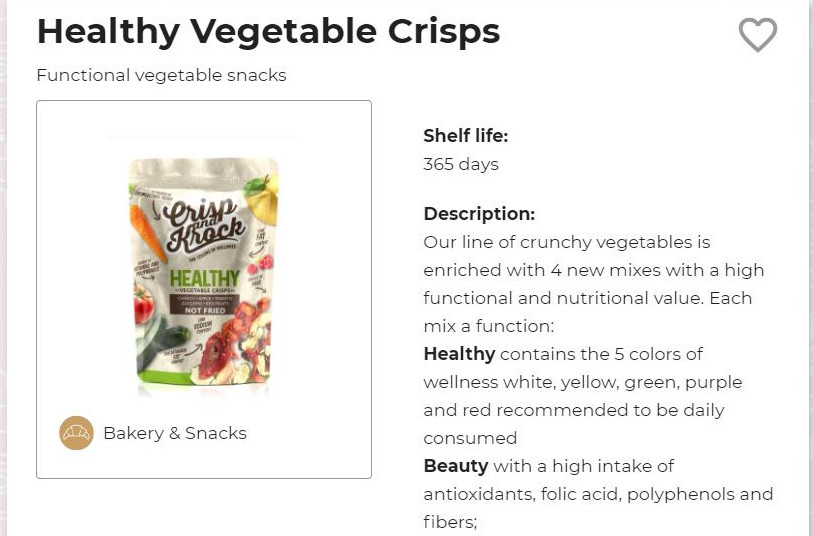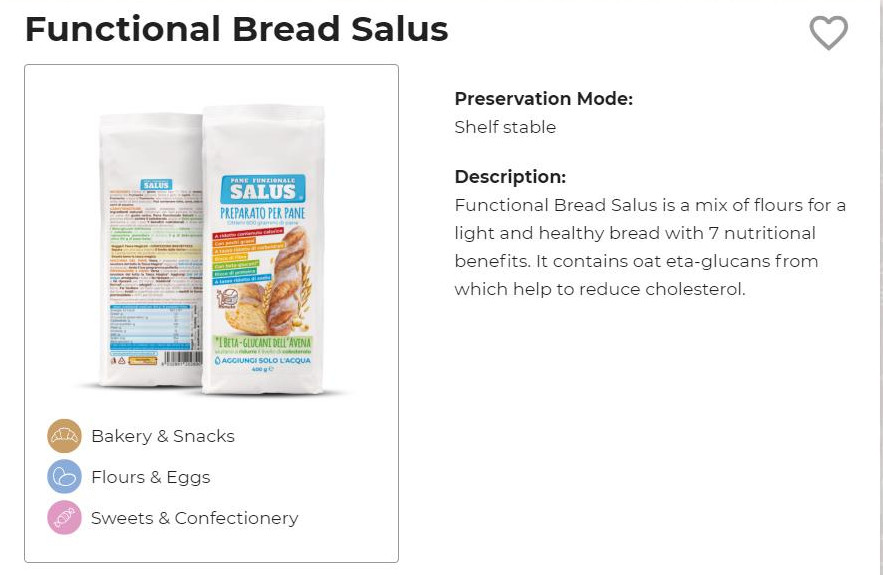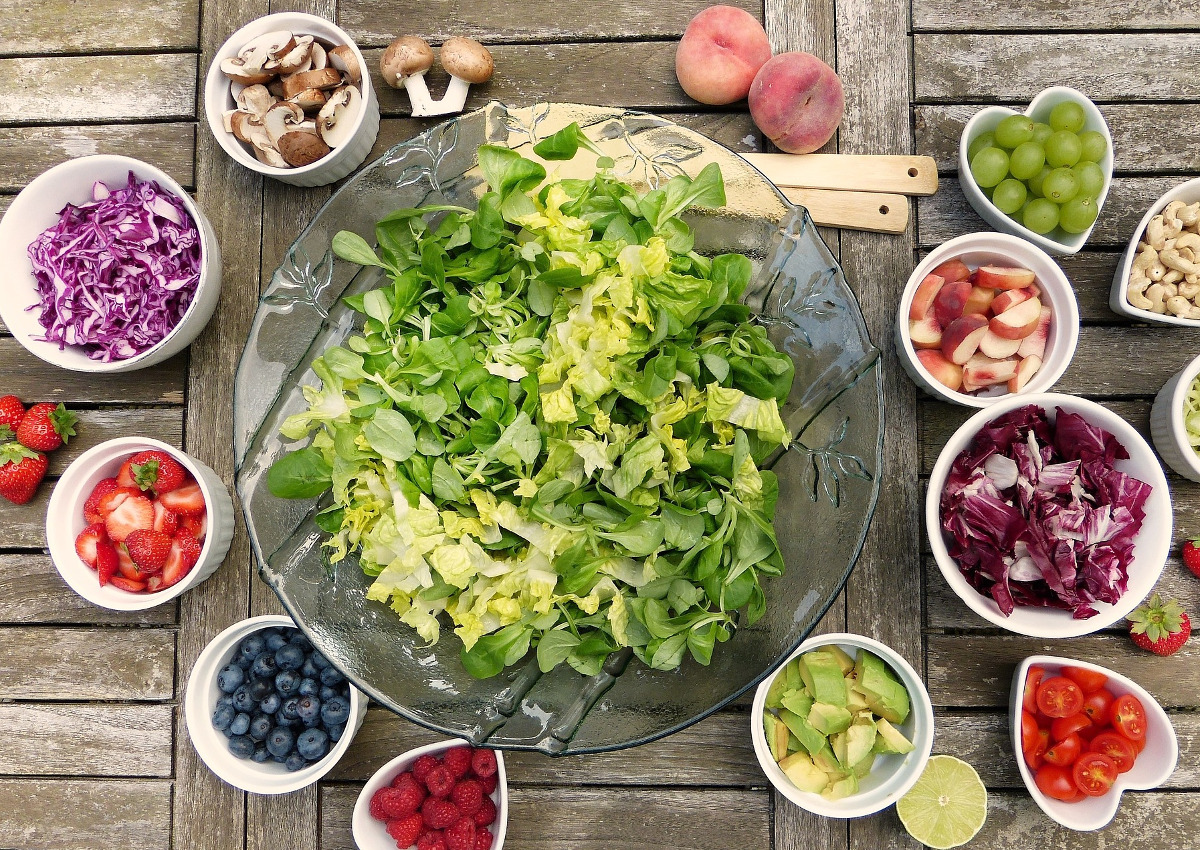Grand View Research estimates the global healthy snacks market will reach nearly $33 billion by 2025 (5.2 percent CAGR 2019-2025). The healthy snacks market includes products such as bars, nut and seed snacks, dried fruit snacks, trail mixes, savory snacks, and meat snacks.
A number of interrelated factors are driving growth in healthy snacks, including interest in health benefits from food and a desire for weight management solutions, without forgetting healthy eating lifestyle as personal branding and virtue signaling.
KEY FEATURES OF A HEALTHY SNACK
Certain key elements define a healthy snack. A healthy snack is nutrient-dense – featuring protein, fiber, vitamins, minerals, or a combination of these. It has low or no added sugars and contains a sensible number of calories. It’s a bonus if the healthy snack includes a clean label and functional nutrition, such as added omega-3s or probiotics. Of course, a successful healthy snack also tastes delicious.

WHAT’S TRENDING IN THE HEALTHY SNACKS SEGMENT
Snack food manufacturers have gone above and beyond in responding to consumers’ desires for healthy snack options. The healthy snacks most popular today are fun and innovative, with appealing ingredients that impart exciting tastes and textures.
VEGGIN’ OUT
Veggie chips have taken root in the snack food category. Root vegetables are trending big, with a number of brands selling chips made from beets, carrots, and sweet potatoes. Brilliant colors and a touch of sweetness are characteristic of these products. Lotus root chips are an exciting addition to this lineup.
Veggies are beloved for their vitamins, phytonutrients, and fiber. Some veggie chips are even being sold in the produce section—a reminder to consumers that they are indeed vegetables. Brassicas are also expanding in snack foods, with kale, cauliflower, and Brussel sprout powders being added to grain-based chips, crackers, and puffs.

THE BEAN SCENE
New bean snacks are sprouting up everywhere. The bean snacks in the market today are made from a wide variety of beans, including black, white, fava, pinto, and mung beans, as well as chickpeas, peas, and lentils. Their assortment of earthy colors and savory flavors makes them easy to choose over potato chips.
Beans are highly adaptable to traditional snack food processes. Bean snacks are available as chips, puffs, curls, and straws, as well as roasted and seasoned like soy nuts. Beans check the boxes for both protein and fiber, though it’s their position as a sustainable protein source that has kept them in the spotlight.
RAISING THE BAR: FUNCTIONAL AND CUSTOMIZED NUTRITION
The nutrition bar segment is the home of customized nutrition. If there isn’t already a bar for everyone, there will be soon. There are protein bars, fiber bars, multivitamin-mineral bars, and even keto-friendly fat bars fortified with MCTs. Any combination of these nutrients can be added to a bar via a custom nutrient premix. A custom nutrient premix can even be added to veggie and bean chips to achieve higher nutrient levels than would occur naturally.

Functional nutrition is a particular strength of nutrition bars. Trending examples include post-workout bars with added collagen, gut health bars containing probiotics and prebiotics, and brain health bars with omega-3s, MCTs, and choline. Functional ingredients can also be included in a custom nutrient premix. Fortified cookies, snack cakes, and brownies are expanding the formats available for functional nutrition.
SHIFTING TOWARD HEALTHIER SNACKS
Balance continues to be an essential feature of modern-day snacking. Healthy nutrition in a snack is important, but it needs to be balanced with the snack food fundamentals – namely, convenience and enjoyable eating experience.

